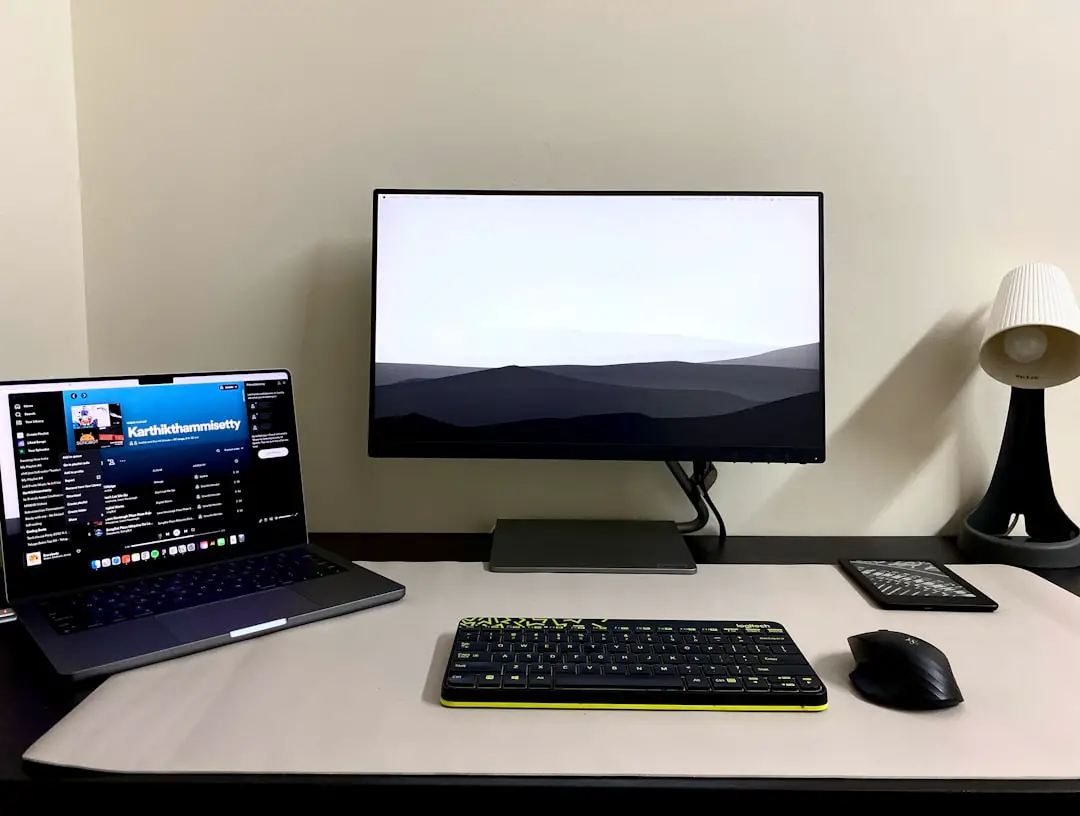Investing in real estate can be an effective way to build long-term wealth, but understanding the fundamental metrics behind property evaluation is vital. One such key metric is the Gross Rent Multiplier (GRM). This simplified calculation helps investors quickly assess the income-generating potential of a property. Although it’s not the only tool to rely on, GRM serves as a strong starting point for those comparing multiple real estate opportunities.
What Is Gross Rent Multiplier (GRM)?
Gross Rent Multiplier is a financial metric used to evaluate the profitability of a rental property. It is calculated by dividing the property’s price by its gross annual rental income. The formula is straightforward:
GRM = Property Price / Gross Annual Rental Income
For example, if a property is listed at $500,000 and generates $50,000 in gross annual rent, the GRM would be:
GRM = $500,000 / $50,000 = 10
This means it would take 10 years of gross rental income to pay off the property’s purchase price, assuming rental rates remain constant.

Why Is GRM Important?
GRM offers a quick way to compare multiple investment properties based on their ability to generate income. Investors often look for properties with lower GRMs, as they typically indicate a shorter payback period and a potentially better return on investment. However, it’s crucial to remember that GRM does not account for operating expenses, vacancies, or other financial variables.
Advantages of Using GRM:
- Simplicity: The calculation is straightforward and doesn’t require advanced financial knowledge.
- Quick Comparisons: Easily compare rental properties in the same market by evaluating their GRMs.
- Initial Screening: Ideal for narrowing down a list of potential investments before deeper analysis.
Limitations of GRM:
- Ignores Operating Expenses: GRM does not consider costs such as maintenance, property taxes, or management fees.
- No Reflection of Vacancy Rates: A property with high turnover or vacant units may appear more lucrative than it is.
- Market-Specific Relevance: What is considered a “good” GRM can vary widely depending on the real estate market.
Using GRM Effectively
To make the most out of GRM, investors should use it in combination with other financial indicators. When analyzing a property, consider also looking at:
- Net Operating Income (NOI)
- Capitalization Rate (Cap Rate)
- Cash-on-Cash Return
- Internal Rate of Return (IRR)
GRM can be particularly useful in the early stages of property evaluation, but it should never replace a full financial analysis.

What Is a Good GRM?
Generally, a lower GRM is preferred because it implies a shorter time to recoup the initial investment through rent alone. However, what qualifies as a “good” GRM depends on several factors including local market conditions, property type, and investment strategy. In high-demand urban areas, GRMs may be as high as 20 or more, while in lower-cost regions, GRMs of 5 to 10 may be common.
Conclusion
The Gross Rent Multiplier is a valuable tool in a real estate investor’s toolkit, offering a simplified method to compare income potential across properties. While it does not replace detailed financial due diligence, GRM serves as an accessible, high-level metric to support informed decision-making.
By understanding how to calculate and interpret GRM, and by recognizing its strengths and limitations, investors can better position themselves to identify lucrative opportunities and avoid costly mistakes.
